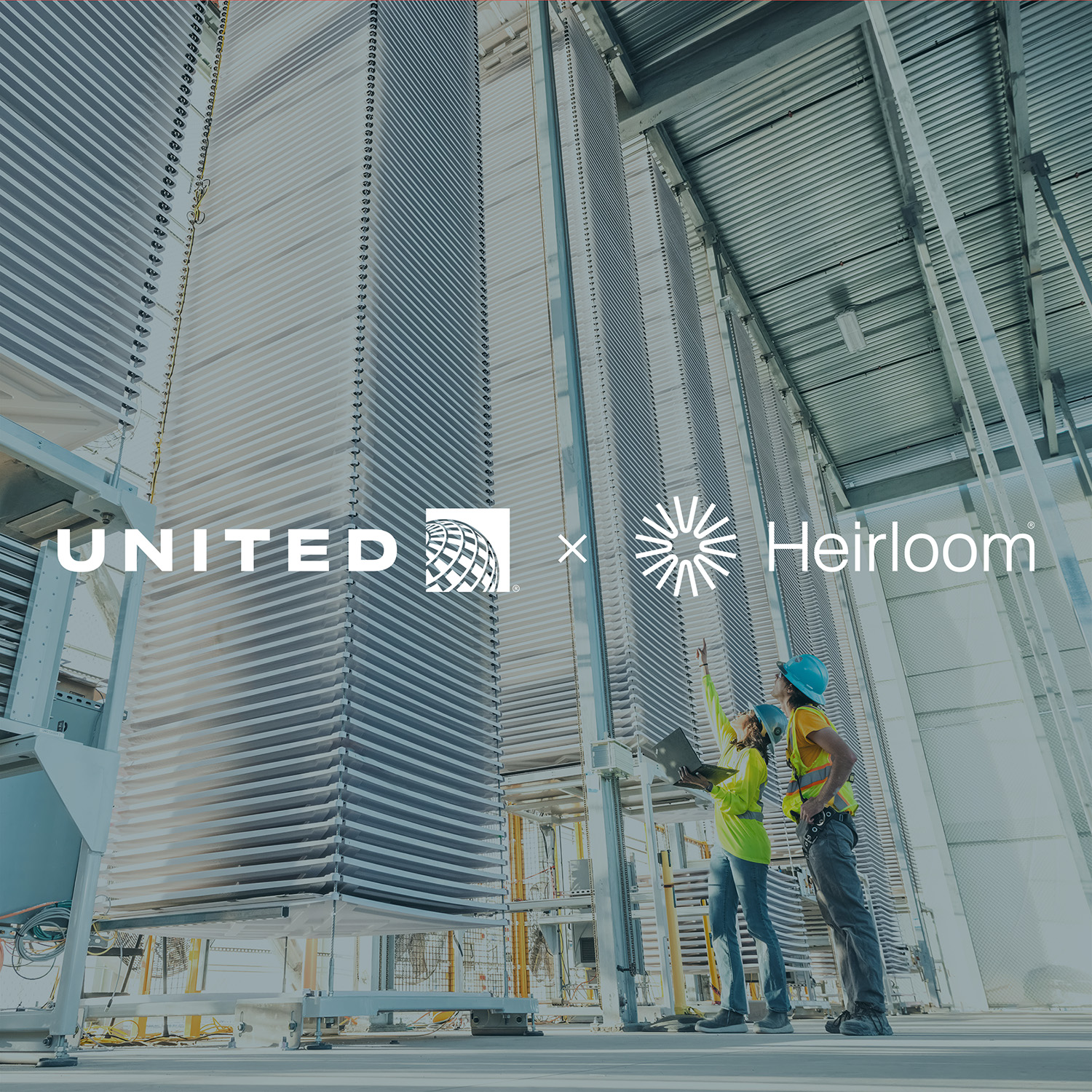Leilac and Heirloom sign an MOU to partner on electric kilns
Two key aspects on our path to building a system capable of removing 1 billion tons of CO2 from the atmosphere by 2035 are efficiency and scalability. To achieve our goal, we need a system that uses as little energy as possible and is capable of being deployed quickly and repeatedly. That’s why we’re so excited to announce that we’ve signed a Memorandum of Understanding with Leilac to incorporate their world-leading electric kiln technology into our Direct Air Capture facilities.
Leilac’s electric-powered kilns will play an important part in our end-to-end CO2 removal solution. Our limestone is fed into the renewably-powered Leilac kiln, where the CO2 will be separated and captured for permanent storage in rocks or other materials, or injected underground into existing natural geological structures.

Leilac’s unique indirect heating approach requires no additional chemicals or processes and can be directly powered by renewable electricity. By keeping the process CO2 emissions pure, Leilac’s technology removes the need to separate gases from gases, enabling it to target the lowest cost solution for the capture of CO2 from limestone.
The partnership leverages eight years of significant investment from the European Union and cement and lime industries to support and progress the DAC industry. Leilac’s decarbonisation technology was developed for, and in partnership with, the cement and lime industries. It provides an efficient solution for the separation and abatement of unavoidable process emissions released in the production of cement and lime and is designed to be powered by renewable energy sources and clean alternative fuels.
Heirloom will apply the same core Leilac kiln technology for direct air capture of CO2 emissions from the atmosphere. The partnership will also further accelerate development of Leilac’s decarbonisation solutions for industrial emissions in cement and lime, helping to pave the way for full scale industrial electrification and CO2 abatement.
Leilac’s technology is proven at pilot scale, including through its pilot plant, Leilac-1, and three smaller electric units. In operation since 2019, Leilac-1 has a capture capacity of 25,000 tonnes of CO2 per year and is currently the largest carbon capture installation for cement in the world, outside China. Leilac-2, a demonstration plant with a capture capacity of 100,000 tonnes of CO2 per year is due to open in 2024. Multiple engineering studies are in progression for full-scale installations of the Leilac technology at cement plants with capture capacities of ~1 million tpa of CO2. Currently, Leilac’s proven capacity is more than double the current combined capture capacity of all DAC facilities globally*.
––
Read More

Development Bank of Japan and Chiyoda invest in scaling Heirloom’s low-cost Direct Air Capture technology

Working with United Sustainable Flight Fund to Accelerate Aviation’s Path to True Net Zero


